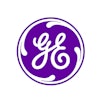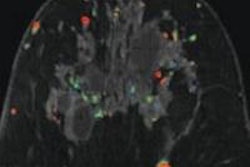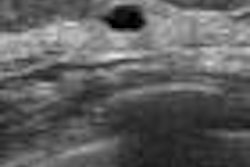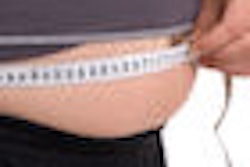VIENNA - Breast ultrasound computer-aided detection (CAD) technology can significantly improve the sensitivity of less experienced radiologists in evaluating breast lesions, according to a presentation at this week's European Congress of Radiology (ECR).
On the downside, the French research team also found that experienced radiologists did not benefit from ultrasound CAD. In addition, the technology lowered the specificity of all four readers participating in the study, according to presenter Dr. Marie Laure Chabi of Institut Gustave Roussy in Villejuif, France.
The Gustave Roussy group sought to evaluate the performance of a breast ultrasound CAD system in improving the characterization of breast lesions by junior and senior radiologists, and to determine if the system could be a viable teaching tool.
A retrospective study was performed from November 2008 to March 2009, with 160 ultrasound-visible breast lesions (83 benign, 77 malignant) selected from the institution's PACS database.
Four radiologists (with four months, 12 months, five years, and 20 years experience, respectively) blindly reviewed the lesions, first without CAD (B-CAD, version 2, Medipattern, Toronto) and then with CAD. Each reader evaluated the lesion by type and BI-RADS category. The readers also made a final assessment as to the probability of a benign or malignant lesion.
The researchers also evaluated the standalone performance of the CAD system on the 160 breast lesions; CAD detected all 77 cancer cases, with a specificity of 48.2%.
The reader with 20 years of experience had sensitivity of 98.7% both before and after CAD. Specificity declined however after CAD, dropping from 69.9% to 45.8%.
In the reader with five years of experience, sensitivity increased significantly from 87.1% to 96.1% after CAD. Specificity dropped from 79.5% to 57.8%, however.
The reader with 12 months of experience had sensitivity of 88.3% before CAD and 94.8% afterward. Specificity dropped from 68.7% to 56.6%. The radiologist with four months of experience had a sensitivity increase from 88.3% to 90.9%.
"The results of our study suggest that CAD is a useful tool for cancer detection for [less experienced] radiologists, allowing diagnosis of several additional cancers," she said.
Chabi noted that breast ultrasound CAD can contribute to an easier learning process for breast ultrasound analysis and BI-RADS lexicon.
The technology does suffer from drawbacks, however, including an inability to provide real-time examination analysis and difficulty of use in everyday practice, she said.
The increase in false-positive rate also needs to be taken into account during the analysis process and is common with other CAD systems. "CAD system users should never ignore the false-positive rate when giving their conclusion," she said.
New CAD software versions may improve specificity performance, Chabi said.
By Erik L. Ridley
AuntMinnie.com staff writer
March 5, 2010
Related Reading
Color Doppler US predicts survival of breast cancer patients, January 26, 2010
Fuzzy 3D ultrasound CAD sharpens breast cancer sensitivity, September 3, 2009
Breast US image analysis helps predict metastasis, July 29, 2009
Breast ultrasound CAD performance varies in ethnic populations, September 5, 2008
CARS report: CAD prompts range of behaviors in readers, June 26, 2008
Copyright © 2010 AuntMinnie.com




















